
These technologies will decrease carbon emissions and support DOE's EV Everywhere Grand Challenge to make plug-in electric vehicles as affordable to own and operate as gasoline-powered vehicles by 2022.
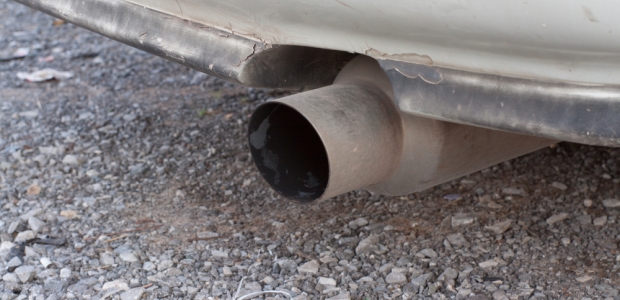
The time is right to begin looking beyond the tailpipe and instead consider the full life cycle emissions of vehicles. The trend is not unlike what has happened in the construction industry over the last several years.

The EPA has, for the first time ever, registered a sea lamprey mating pheromone as a vertebrate pheromone biopesticide, which will be used to help collect and remove adult lampreys before they have a chance of reproducing.
Dr. Suzette M. Kimball has been leading the agency in an acting capacity since February 2013.

Parts from two main classes of commercial 3D printers were found to be toxic to zebrafish embryos.
Dr. Louis Fortier, scientific director of ArcticNet, was awarded the 2015 Northern Science Award on Nov. 18, Polar Knowledge Canada announced.
Registration opened Sept. 29 in the contest, which will last 4.5 years, with competing teams challenged to develop breakthrough technologies that convert the most carbon dioxide into one or more products with the highest net value.
UMass Amherst watershed scientists offer national flood and runoff assessment.
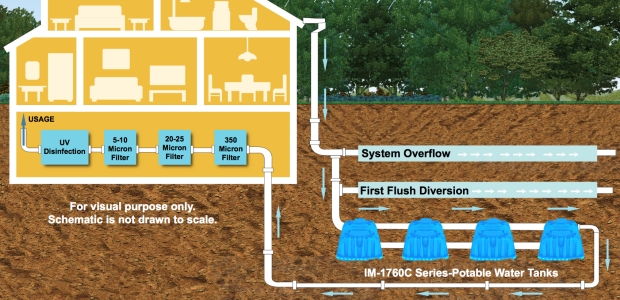
The evolved plastic tank is quickly becoming accepted by contractors, designers, and homeowners and because of the variety of size options available to satisfy varying needs.
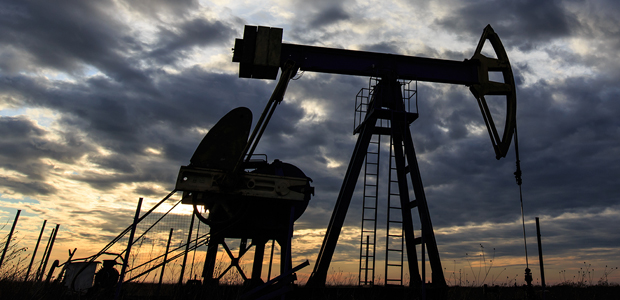
Linked to earthquakes, water contamination, and general pollution, fracking becomes more controversial by the day. Meanwhile, 13,000 new wells are being drilled every year. There have been over a thousand documented cases of water contamination next to areas of gas drilling—cases of sensory, respiratory, cardiovascular and neurological damage. From the water we drink to the ground beneath our feet, is it too late to ask, “What gives?”
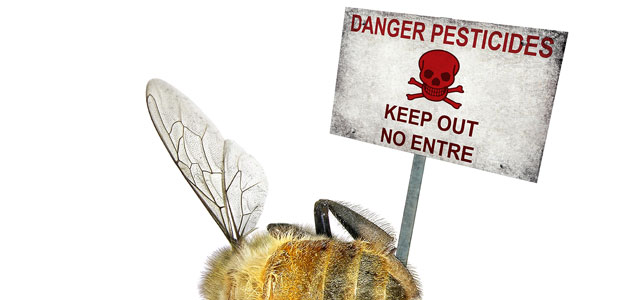
Two new studies are highlighting the decreasing numbers of food pollinators and the increasing levels of atmospheric carbon dioxide.
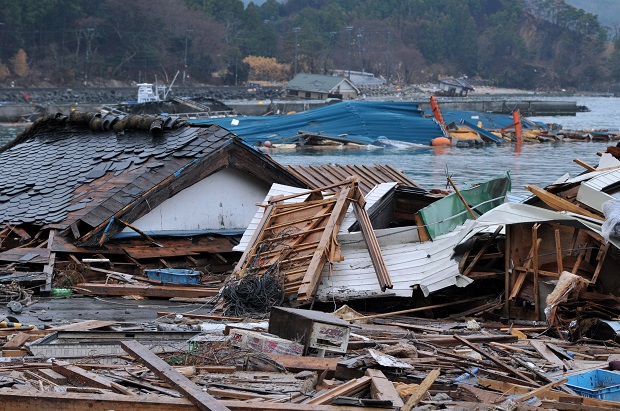
North of the San Andreas Fault is the lesser known and far more insidious subduction zone running 750 miles from Vancouver to Northern California.

With the EPA proposing to lower the primary ozone standard from 75 ppb to 70 or 65 ppb, researchers at the University of Colorado Boulder and the NOAA have created a commentary on how the new standard could make research more difficult for air quality managers at both local and state levels.
Exposure to the pollution caused by such things as car exhaust and coal-fired power plants may be associated with an increased risk of autism spectrum disorder, a University of Pittsburgh study has found.
By agreement with the Capital Region of Denmark, the system will also act as a remediation system, preventing polluted water running into the great groundwater reservoirs, from which the capital collects its drinking water.
The researchers coated the mesh with a fine layer of hydrogen and carbon, putting the elements together in such a way to attract water and repel oil.
Despite progress, Southern California's air remains home to some of the worst air in the United States, the American Lung Association said Tuesday in its annual State of the Air report.

EPA and the DOT agency will finalize a new set of longer-term medium- and heavy-duty truck fuel efficiency standards in 2016.

In the 21st century, the big challenge facing the world is climate change.
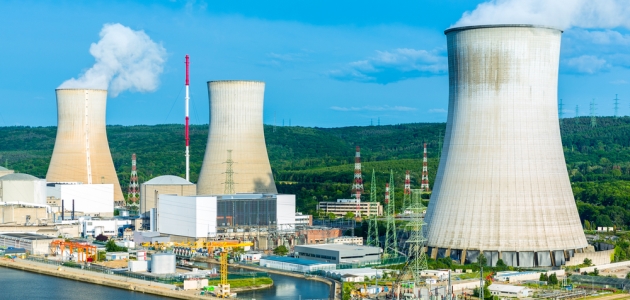
After taking seawater samples from the shoreline of Ucluelet, British Columbia, scientists from the Woods Hole Oceanographic Institution (WHOI) discovered small amounts of radioactivity from the 2011 Fukushima nuclear power plant accident.